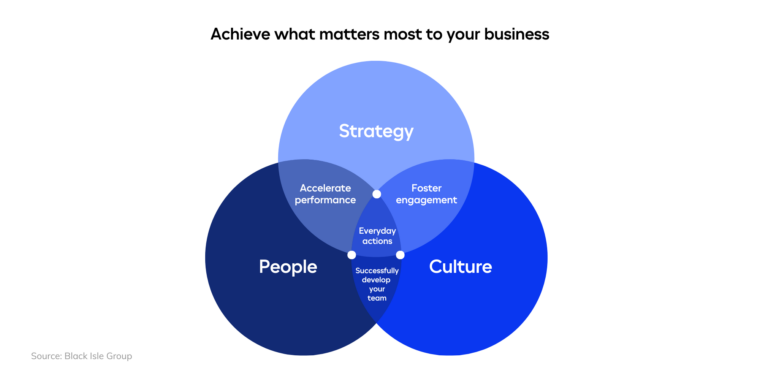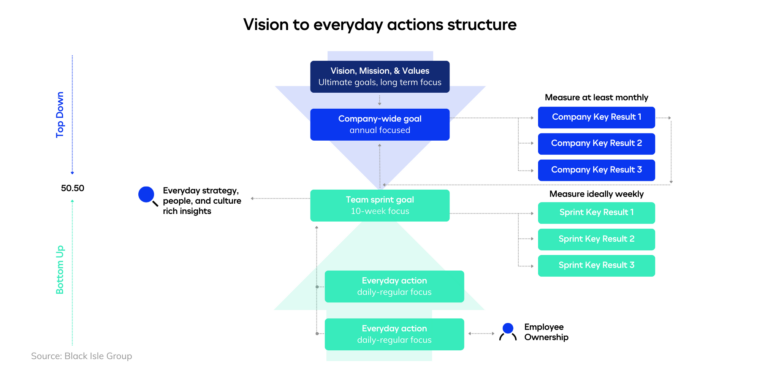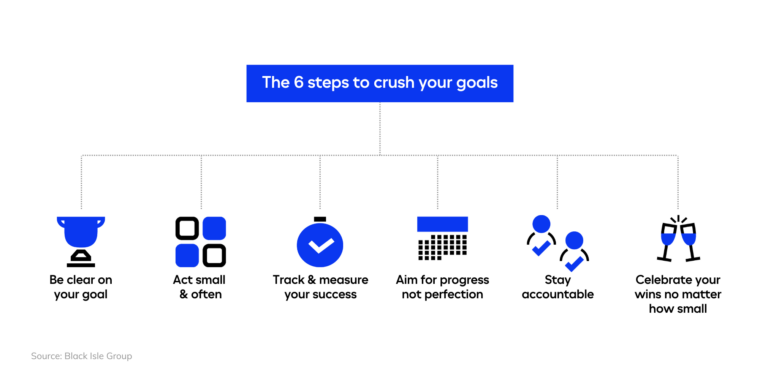Digital Transformation: Why Everyday Actions Hold The Key To Success
Changemakers: Atholl Duncan, Chair of Black Isle Group
Research conducted by Tradeshift in partnership with sharedserviceslink identified cross-functional collaboration as one of the five common traits shared by the most successful finance digital transformation projects. Delve into these findings with our comprehensive eBook.
We spoke to Atholl Duncan, Chair of Black Isle Group, a leadership development and performance improvement business, who shared his insights on the steps leaders can take to build cross-organizational support for large-scale digital transformation projects.
Watch highlights from our interview and read on for a deeper dive into the discussion.
You wrote the book Leaders in Lockdown in the midst of a global pandemic. What did you learn from that in terms of how good leaders react to seismic change?
Almost without exception, every change that happened during the pandemic could have happened without it. Broadly speaking, the technology had already been in place to facilitate the kind of changes we had to make when large parts of the world were put into lockdown. The real difference was that change came out of necessity. Creeping along was simply no longer an option.
How leaders reacted to that change was pretty much a 50:50 split. On the one hand, we spoke to leaders who really relished change. These were typically entrepreneurial leaders who shared a natural propensity for agility. At the other end of the spectrum, we saw another group of leaders who found themselves frozen in the headlights of what was going on. You could see very quickly which group was going to be the winners.
For the kind of entrepreneurial leaders you describe, lockdown opened the floodgates for change that may have taken years to achieve. Do those floodgates remain open?
The necessity is still there, but it’s become less obvious. People tend to go back to focusing on the short term versus the long term. Change becomes harder.
There are typically four human behaviors that you tend to see when change is suggested, big or small. Firstly, there is fear of change, and there is also a human reaction that will see you try to delay. The next human reaction is that people will try to cause confusion so that change doesn’t happen. The other thing you see in behavioral science is that there’s a character assassination of the people who are suggesting the change.
The biggest issue, however, is that we spend time and effort creating transformation strategies that work well on paper, but we fail to ladder those strategies down into the everyday actions that will change the behaviors of people. We see this time and again, particularly when it comes to the kind of change that’s triggered through digital transformation.
How can leaders begin to overcome this resistance to change?
I’ve worked with many businesses over the past few years that have come out with a bold vision for digital transformation. But they don’t bring in the right skills, the right people, and the right mindset behind that vision. They don’t put in a change program that will dig down into the behaviors of individual people. They don’t make people individually accountable.
Traditionally, change tends to be a top-down decision that is then pushed through an organization. This approach doesn’t work. What you need to do from the outset is to get people to buy in and then empower the teams to solve the challenge of what they need to do to meet your goals. That means pushing down as well as pushing up.
To get change to happen, you have to align transformation strategy, people, and culture. Most organizations are strong on the strategy part, but where they tend to fall down are on the people and culture elements.
We feel very passionately that a concept we call ‘everyday actions’ is the key to bridging the gap between strategy and execution.
What you end up with is a huge gap between strategy and execution. And that’s where change fails to take root.

Help us to understand more about what you mean when you talk about everyday actions.
There’s a lot we can learn from the sporting world, where the focus tends to be centered around a very big, ambitious goal such as winning an Olympic gold medal. The approach they take is very methodical, working out the small things you need to do every day to advance toward that goal.
You need to break a big change down into small actions that people take every day, even if you do one thing per day per employee, that adds up to huge progress over a relatively short period of time.

Drilling down into this concept of everyday actions a little further, what are some of the practical ways leaders can begin to break this down into an action plan?
We came up with six steps we believe bring together the alignment strategy, people, and culture:
- Be clear on your goal – And take the time to convince other stakeholders of the need to buy into that goal.
- Act small and often – Break down that goal into what each individual in the business needs to do in order to get you towards that goal.
- Track and measure your success – If you’re not doing this, then you’ll drift.
- Aim for progress, not perfection – This comes back to what we’ve learned through working with the Olympic coaches.
- Stay accountable – Everyone with an area of responsibility should have a peer coach whom they are meeting with regularly to discuss what they did that week to move forward.
- Celebrate successes – Highlight the benefits and the hero stories along the way.

Do you have any other specific advice for leaders looking to drive transformation within their organization?
Command and control leadership styles do not work well in the context of change. A ‘lead-and-inspire’ style of leadership is far more effective.
Shift the big goals down to the team level and let the team brainstorm how they are going to do things differently to get there. Hold the team accountable and let them deliver. When teams have a sense of ownership over the success of a project, then behavior changes are much more likely to stick.
| Digital Transformation: Why Everyday Actions Hold The Key To SuccessDigital transformation |
And don’t forget what you’re really buying. When we talk about technology, what we’re really talking about is an enabler for your workforce. To truly reap the benefits of new technology, you also need to have a really strong program to nurture the talent and skills of the people you want to use these tools.
